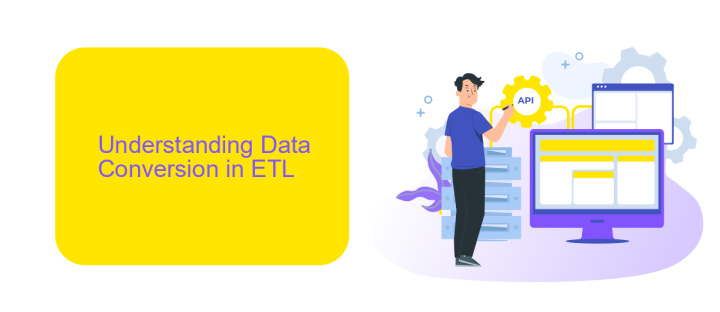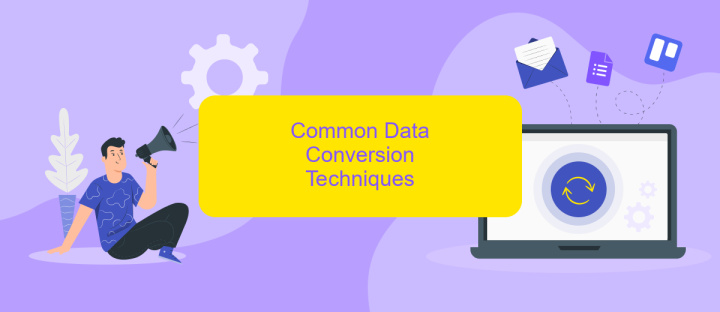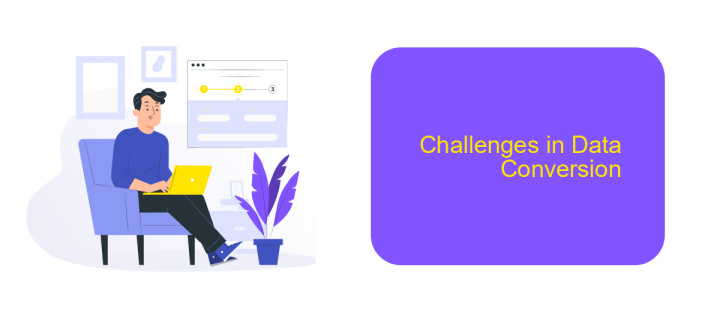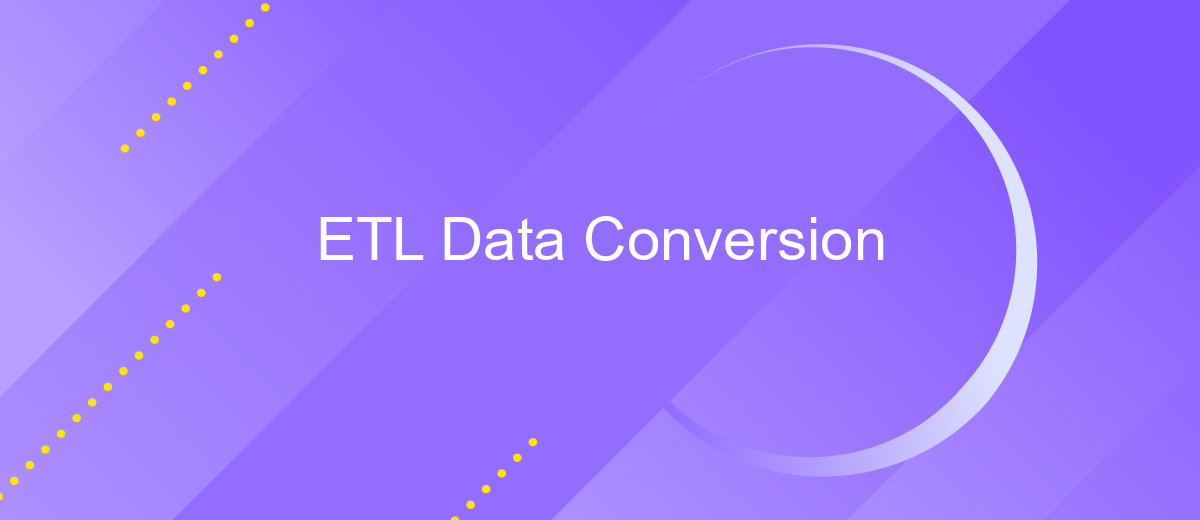ETL Data Conversion
ETL (Extract, Transform, Load) data conversion is a critical process in modern data management, enabling organizations to efficiently migrate and transform data from various sources into a unified format. This process ensures data consistency, quality, and accessibility, ultimately supporting informed decision-making and operational efficiency. In this article, we will explore the key stages of ETL data conversion and its significance in today's data-driven landscape.
Introduction
ETL (Extract, Transform, Load) Data Conversion is a fundamental process in data management, enabling organizations to efficiently process and utilize large volumes of data from various sources. This process involves extracting data from different databases, transforming it into a suitable format, and loading it into a target system for analysis and reporting.
- Extraction: Retrieving data from multiple sources like databases, APIs, and files.
- Transformation: Converting the extracted data into a uniform format, including data cleaning, enrichment, and normalization.
- Loading: Inserting the transformed data into a target system, such as a data warehouse or a business intelligence platform.
Effective ETL processes are crucial for maintaining data integrity and enabling accurate decision-making. Services like ApiX-Drive facilitate seamless integration and automation of ETL workflows, reducing the complexity and time required for data conversion. By leveraging such tools, organizations can ensure that their data is always up-to-date and readily available for strategic analysis.
Understanding Data Conversion in ETL

Data conversion in ETL (Extract, Transform, Load) processes is a critical step that ensures the seamless integration and usability of data across different systems. During the extraction phase, data is collected from various sources, often in heterogeneous formats. The transformation phase then converts this data into a consistent, usable format, applying necessary modifications such as data cleansing, normalization, and aggregation. This ensures that the data is accurate, reliable, and ready for analysis or reporting.
Effective data conversion requires robust tools and services to manage the complexity and volume of data. ApiX-Drive, for instance, offers a powerful solution for automating data integration and conversion tasks. By leveraging ApiX-Drive, businesses can streamline their ETL processes, reducing manual effort and minimizing errors. The platform supports a wide range of data sources and formats, making it an invaluable asset for organizations looking to optimize their data workflows. This ensures that data is not only converted accurately but also delivered promptly to where it is needed most.
Common Data Conversion Techniques

Data conversion is a crucial aspect of ETL (Extract, Transform, Load) processes, ensuring that data from various sources can be seamlessly integrated and utilized. There are several common techniques employed to achieve effective data conversion.
- Data Mapping: This involves defining the relationships between data fields in the source and target systems. It ensures that data is accurately transferred and transformed.
- Data Cleansing: This technique focuses on identifying and correcting errors or inconsistencies in the data. It helps maintain data quality and reliability.
- Data Transformation: This involves converting data into a suitable format for the target system. It can include operations like aggregation, normalization, and enrichment.
- Schema Matching: This technique aligns the structure of the source data with the target schema, ensuring compatibility and consistency.
- Data Validation: This ensures that the converted data meets the required standards and business rules before loading it into the target system.
Using integration services like ApiX-Drive can streamline the data conversion process by automating data mapping, transformation, and validation tasks. This not only saves time but also reduces the risk of errors, enabling more efficient and reliable ETL operations.
Challenges in Data Conversion

Data conversion in ETL processes often presents several challenges that can complicate the workflow. One of the primary issues is data inconsistency, which arises when data from different sources do not match in format or structure. This can lead to significant delays as teams work to standardize the data.
Another challenge is data integrity, ensuring that the data remains accurate and unaltered during the conversion process. Any loss or corruption of data can have a detrimental impact on the overall quality of the dataset.
- Data inconsistency
- Data integrity issues
- Scalability concerns
- Performance bottlenecks
- Complexity of integration
To address these challenges, leveraging integration services like ApiX-Drive can be beneficial. ApiX-Drive simplifies the process of connecting various data sources and automating data workflows, ensuring a smoother and more reliable data conversion process. By utilizing such tools, organizations can mitigate common ETL data conversion issues and enhance overall efficiency.


Best Practices for Efficient Data Conversion
Efficient data conversion requires meticulous planning and execution to ensure data integrity and minimize downtime. Start by thoroughly understanding the source and target data structures, including data types, constraints, and relationships. Utilize data profiling tools to identify data quality issues early. Establish clear data mapping guidelines to ensure consistency and accuracy during the conversion process. Additionally, automate data transformation tasks using ETL tools to reduce manual errors and improve efficiency.
When integrating multiple data sources, consider leveraging services like ApiX-Drive, which can streamline the integration process through its user-friendly interface and robust API capabilities. Perform incremental data loads to test the conversion process and validate data accuracy before executing a full-scale conversion. Regularly monitor and log the conversion process to quickly identify and address any issues. Finally, ensure comprehensive documentation and maintain a rollback plan to mitigate risks associated with data conversion.
FAQ
What is ETL data conversion?
Why is ETL important for businesses?
What are the main challenges in ETL data conversion?
How can businesses automate ETL data conversion processes?
What are the best practices for ETL data conversion?
Apix-Drive is a universal tool that will quickly streamline any workflow, freeing you from routine and possible financial losses. Try ApiX-Drive in action and see how useful it is for you personally. In the meantime, when you are setting up connections between systems, think about where you are investing your free time, because now you will have much more of it.

